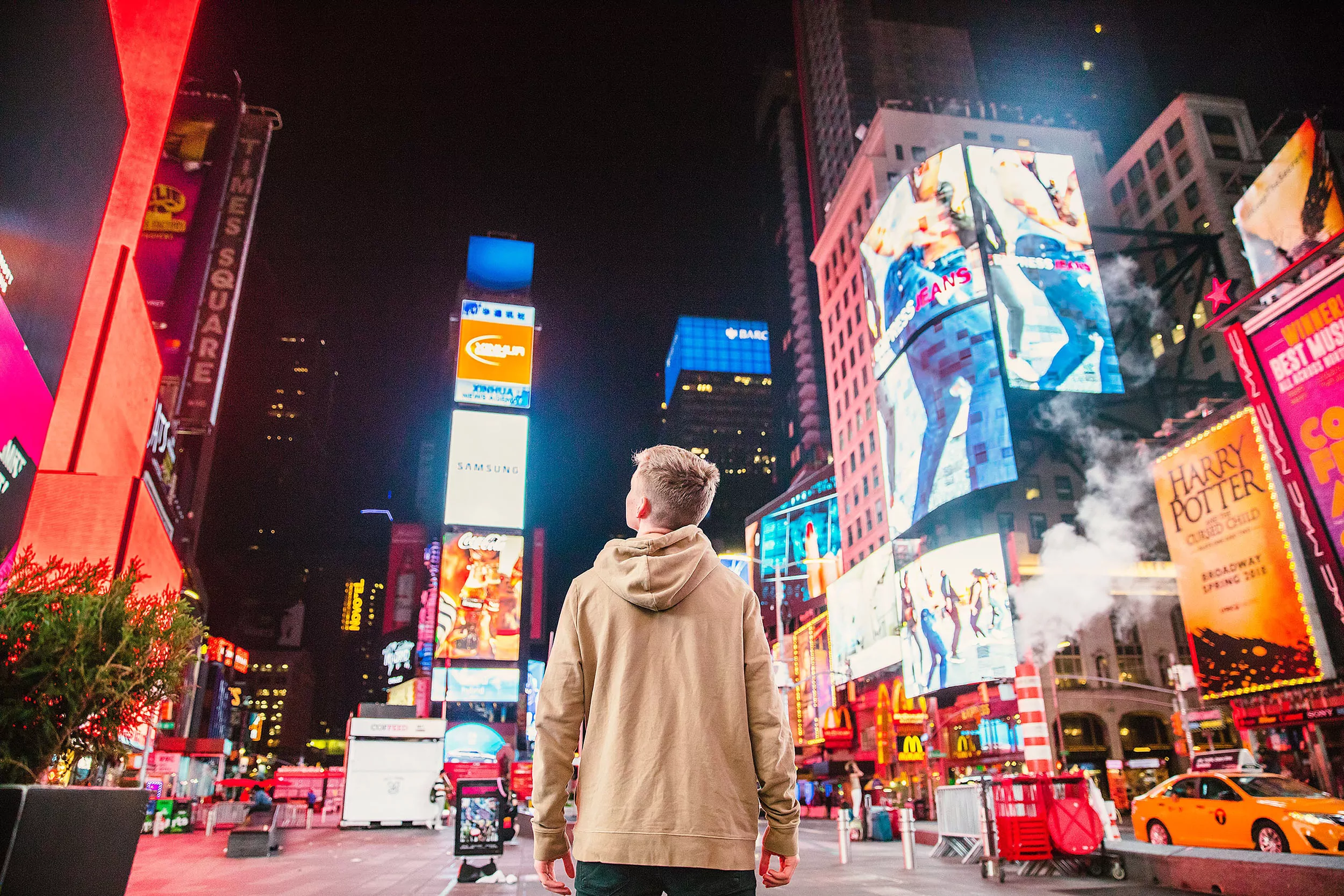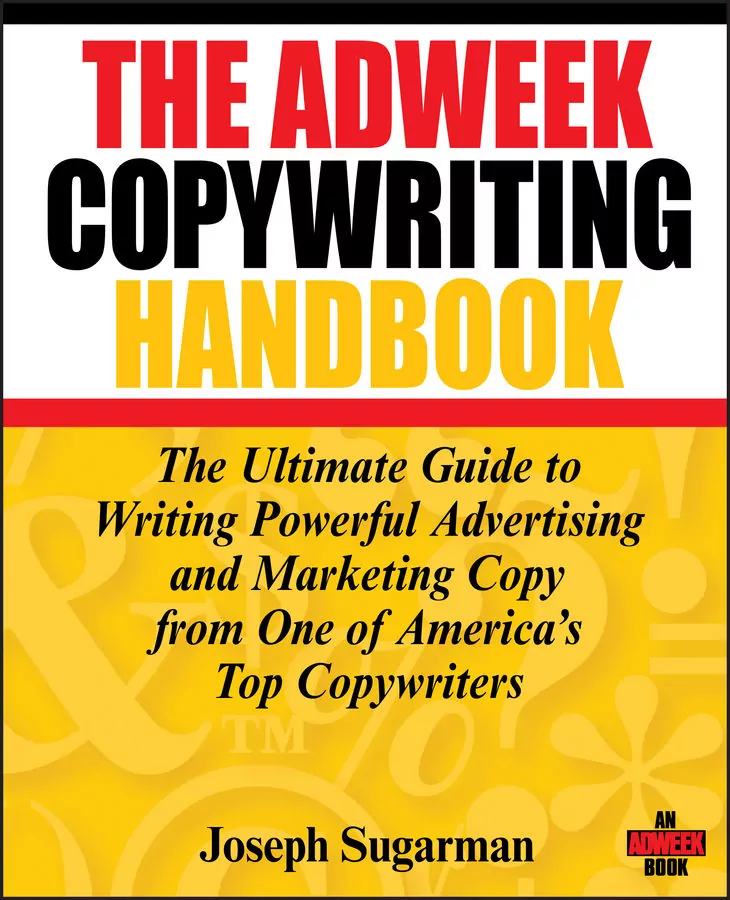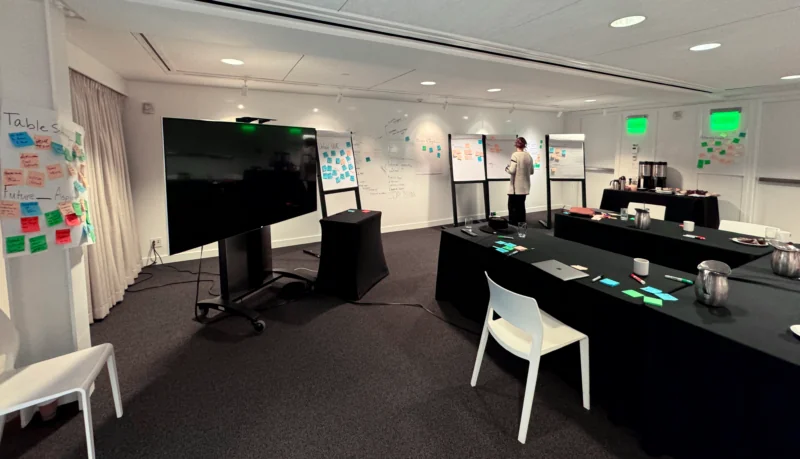FOMO Is for Losers — Here’s How to Actually Convert People
Unlock the secret of consumer psychology. Dive deep into the emotions that drive purchasing decisions and discover the most effective triggers that compel people to buy.

Have you been mesmerized by the wisdom of a seasoned pro? Back in the day, when my entire marketing experience was 100% theoretical and based off of some dusty college textbooks, I sat all bright-eyed and bushy-tailed in a marketing classroom. My professor — a well-respected practitioner with years of experience in the RV industry — spoke at absolute length about the most powerful marketing driver on the planet.
His claim was that buyer psychology was incredibly hard to measure quantitatively, and he was 100% right. In 2006, our entire industry was still clamoring to understand the real data behind human behaviors that caused colors, copy, and physical positioning to influence final buying decisions.
Everyone was searching for the Holy Grail — the exact moment in time where some specific variable in the pitch or presentation caused you to move from Consideration (“do I need this? I think I need this?”) to Purchase (“Please take my money you handsome jerk”).
However, while that moment in particular was hard to isolate quantitatively, particular emotions could — and still do — evoke it.
Okay, back to the professor and his claim. He claimed that the most powerful marketing driver on the planet was fear. Pure, distilled, “If I don’t do this, my life is wrecked.”
Was he wrong? Maybe. Fear of missing out is powerful, but let’s look at the drivers of human buying behavior and see.
The 7 Human Drivers:
No one can decide how many human buying behaviors there are. Honestly, there’s probably 1,000. Harvard Business Review says 10, INC says 6, and Forbes says 5. I think Seven sounds way sexier.
- Fear
- Envy
- Pride
- Belonging
- Greed
- Altruism
- Curiosity
So which is the coolest, most profitable emotion to trigger?
Curiosity Killed The Cat
Bought The Cat A Lambo
In his iconic book, The Adweek Copywriting Handbook, legendary (honestly, probably the best to ever live) copywriter Joseph Sugarman honed in on curiosity as one of the more powerful drivers.

“Your readers should be so compelled to read your copy that they cannot stop reading until they read all of it as if sliding down a slippery slope.”
He argues that the goal of each line of copy is to get the reader to read the next line of copy and nothing else. In a modern, less print-heavy advertising world, the goal is still the same — if you can get people curious enough to pause their scrolling (measured as thumbstop ratio), watch the video (measured in 3s increments), and click (measured as — well, clicks), you’ve made it.
Trust The People Smarter Than You
The scientists at Harvard Business Review don’t disagree, but have an alternate opinion. Their hypothesis is that a sense of communal belonging and emotional connection to a brand or idea generates compounding revenue as the emotional connection passes through a series of mental barriers. They write…
“We find that customers become more valuable at each step of a predictable “emotional connection pathway” as they transition from (1) being unconnected to (2) being highly satisfied to (3) perceiving brand differentiation to (4) being fully connected.”
Additionally, “Although customers exhibit increasing connection at each step, their value increases dramatically when they reach the fourth step: Fully connected customers are 52% more valuable, on average, than those who are just highly satisfied. In fact, their relative value is striking across a variety of metrics, such as purchases and frequency of use.”
Thinking about this practically, consider each Apple product launch, each Nike shoe drop, or the number of times your aunt has complained on Facebook about Chick-fil-A being closed on Sunday.
Fear, But Cool Fear.
Like A Tim Burton Movie.
Circling back to the Professor — was he wrong? Is fear and Fear of Missing Out (FOMO) too old school to work?
Consumer psychologist and all-around badass Katelyn Bourgoin recently wrote about a different kind of fear as a buying motivator — the Pain of Paying.
According to a study she referenced from MIT that measured 64 students as they bid on baseball cards, students paying with a credit card would bid more than double than students paying cash. The reasoning was simple — when you have to physically hand money over, it’s more physically painful than waiting for a singular bill at the end of the month. The actual fear of handing hard-earned money over was enough to prevent students from bidding more.
Anyone who has listened to an hour of the Dave Ramsey Show knows this concept intimately.
More practically, Katelyn uses the example of an all-inclusive vacation where a vacation is paid for in one transaction versus whipping out the card or cash for each margarita or dinner out. She writes, “Each time you get a new piña colada or hit the buffet for some tacos, you get to feel the excitement of the experience without the nagging emotion of having spent money.”
So, here’s what it boils down to.
There’s no one singular path between where you are and where you want to be, especially when the collective buying behaviors of others are what’s driving the vehicle. Before writing a single line of copy, we recommend spending a significant amount of time, energy, and resources understanding your customer base and what gets them to do the thing that you want them to do. The more you replace bias with research, the more likely you are to actually accomplish something with your advertising.
You can also hire a kick-butt advertising agency (like WeCreate) to handle that for you.
Most Recent Posts



